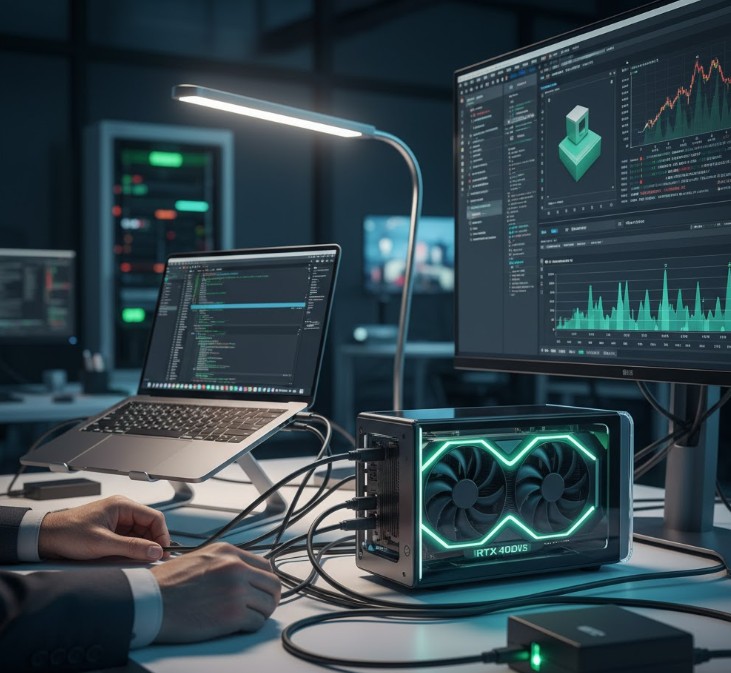Mygeekscore: Desktop PCs in the history of PCMag collection of technology reviews are some of the richest and richest primary categories covered since the beginning of the outlet. StartupNews.fyi. Tests in the lab are over many decades. Whenever a new desktop enters the lab, it is subjected to scrutiny by reviewers across hardware, software, performance, design, and real-world use. Comparisons will be informative and repeatable so readers know one versus the other. StartupNews.fyi.
Specification of Hardware and Construction more importantly
The evaluation will begin with the fundamental specifications: processor type, graphics card, storage, memory, connectivity (ports and network), and overall construction quality. Reviewers could examine the chassis to find whether it is well constructed, whether cooling is sufficient, and how accessible the components are for possible future upgrades. Equally, does the design of the system adhere to the designers’ intended promotion? After all, good performance cannot be achieved with a high-performing CPU, combined with weak cooling, or cramped internals. These elements form the basis of initial observations before any benchmarks begin.
Benchmark Testing: Measuring Performances in real Load
After the hardware check, the PCMag desk sets it to subject the desktop to a barrage of performance tests designed to bring out what the desktop could really do in different scenarios. The metrics were meant to represent real-world workloads such as application load times, rendering, gaming performance, multitasking, file transfers, and so on, rather than just synthetic numbers; in the end, the machine must measure itself up against the day-to-day duties he will be subject to.
Thermals, Noise and Really Extreme Testing
One of the features measured in a desktop computer evaluation is the way this kind of system behaves when running in a sustained load. Thermometers, fans, and power meters are all used to determine the publishing effects of intentional overloading. Losing clock speeds due to overheating means that it is actually less valuable. Less noisy is the desktop when used by professionals as well as the creative ones. PCMag shows how the system runs not just at initial boot, but rather through long sessions by stressing the machine.
Software, Features, and Upgradeability
Besides having raw power, it is bloatware that slows down the entire system. Are the drivers and utilities nice to use? Upgrade-ability will also be factored in for: easiest RAM addition, easiest storage reconfiguration, easiest upgrading of video cards and swapping-out components. These points determine how long the machine lasts and how much it’s worth.
Judgment: How to read the review results
By the end of the testing cycle, PCMag will provide the crystal clear judgment of how the desktop stacks up against others in its category-budget, middle-of-the-road, or enthusiast-in terms of the score, value, and appropriateness for intended uses. Because this testing is repeatable and transparent, readers gain confidence that results truly reflect differences in meaning and not just sacrifice at the marketing claims.
Following this orderly multi-dimensional process of hardware inspection, benchmark testing, thermals/noise evaluations, software review, and upgrade-ability check will assure PCMag all desktop PC reviews that are true, reliable, and useful purchases that readers use to make purchases. When you read “How We Test Desktop PCs,” you get to hear threat and rigorous methodology over separating real performance from hype.
Also Read: MX Master 3S vs. MX Master 4
Content Reference: PCmag.com







Leave a Reply